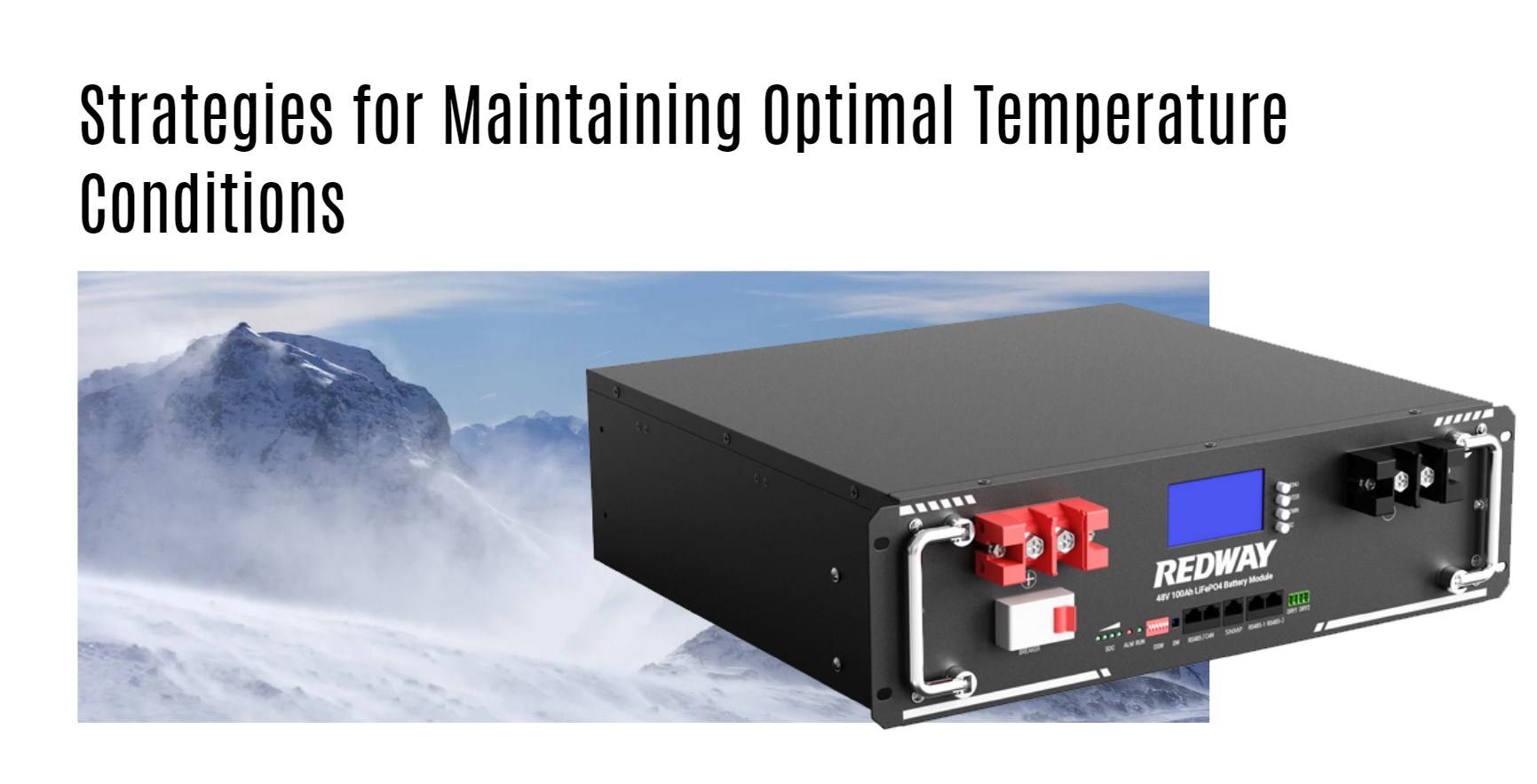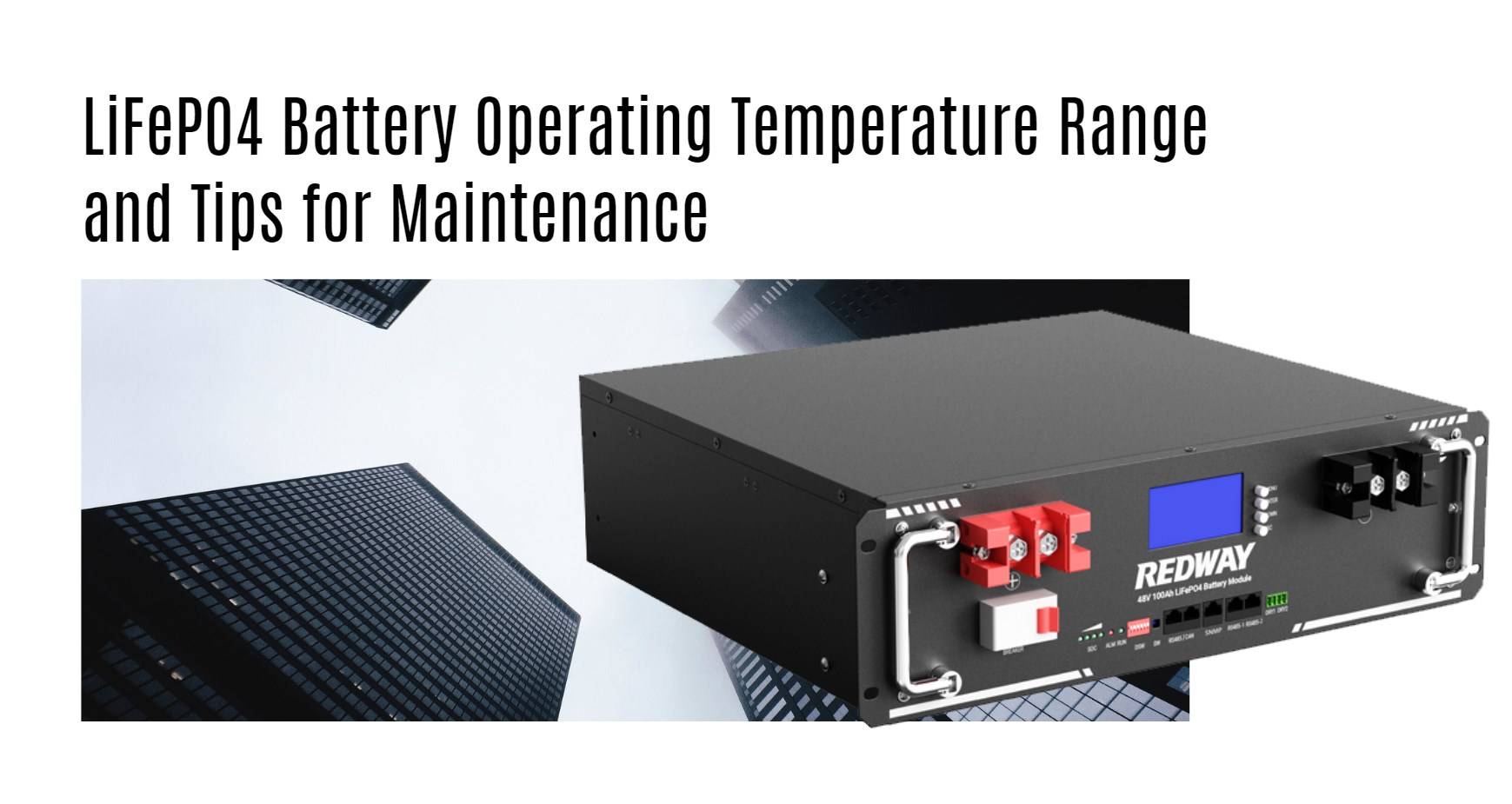Maintaining the performance of LiFePO4 (Lithium Iron Phosphate) batteries requires an understanding of their operating temperature range and effective maintenance practices. These batteries are known for their longevity and safety, but they can still be affected by extreme temperatures. Proper care ensures optimal performance and extends battery life.
What is the operating temperature range for LiFePO4 batteries?
LiFePO4 batteries typically operate effectively within a temperature range of -20°C to 60°C (-4°F to 140°F). However, for optimal performance, it is recommended to keep them between 0°C and 45°C (32°F to 113°F). Operating outside these ranges can lead to reduced efficiency and potential damage.
| Temperature Range | Performance Level |
|---|---|
| -20°C to 0°C | Reduced capacity; operational but less efficient |
| 0°C to 45°C | Optimal performance |
| Above 45°C | Risk of overheating and capacity loss |
How does temperature affect the performance of LiFePO4 batteries?
Temperature significantly impacts the performance of LiFePO4 batteries:
- High Temperatures: Can cause accelerated self-discharge, reduced cycle life, and increased risk of thermal runaway.
- Low Temperatures: Lead to decreased capacity, slower discharge rates, and increased internal resistance.
What are the risks of using LiFePO4 batteries outside their temperature range?
Using LiFePO4 batteries outside their recommended temperature range can lead to several issues:
- Decreased Efficiency: Performance diminishes, resulting in lower power output.
- Damage Risk: Prolonged exposure to high or low temperatures can cause permanent damage to the battery cells.
- Safety Hazards: High temperatures may increase the risk of thermal runaway, while low temperatures can lead to lithium plating.
How can you protect LiFePO4 batteries from extreme temperatures?
To protect your LiFePO4 batteries:
- Insulation: Use thermal insulation materials or blankets designed specifically for battery protection.
- Indoor Storage: Whenever possible, store the battery indoors where temperatures are more stable.
- Battery Heaters: Consider using heating pads or battery warmers that activate when temperatures drop.
| Protection Method | Description |
|---|---|
| Insulation | Thermal wraps that provide warmth |
| Indoor Storage | Keeping batteries in a controlled environment |
| Battery Heaters | Devices that maintain optimal temperature |
What maintenance practices should be followed for LiFePO4 batteries?
To ensure optimal performance and longevity:
- Regular Monitoring: Check voltage levels regularly and recharge as needed.
- Avoid Full Discharge: Do not let the battery discharge completely; aim to keep it above 20% charge.
- Use Compatible Chargers: Always use chargers designed for your specific type of battery.
Are there specific charging practices for cold weather conditions?
When charging LiFePO4 batteries in cold weather:
- Charge Above Freezing: If possible, charge when temperatures are above freezing to prevent damage.
- Use Smart Chargers: Utilize chargers with built-in temperature sensors that adjust charging rates accordingly.
- Avoid Charging Below Freezing: Never charge a LiFePO4 battery at temperatures below 0°C (32°F).
FAQ Section
- How long do LiFePO4 batteries typically last?
LiFePO4 batteries generally last between 5 to 15 years depending on usage and care. - What should I do if my lithium battery overheats?
Immediately disconnect it from any power source and allow it to cool down in a safe area away from flammable materials. - Can I extend my battery’s lifespan?
Yes, by maintaining optimal charging habits, avoiding extreme temperatures, and using compatible chargers.
Replacement Choices
If you’re looking for alternatives or replacements for traditional lead-acid batteries, consider Redway Battery, which offers high-quality lithium solutions that provide longer life and efficiency compared to conventional options.
Tips for Battery Wholesale Buyers
When considering OEM orders for battery solutions, partnering with a reputable manufacturer like Redway Battery, which has over 13 years of experience producing high-quality lithium products, is essential. To make OEM orders:
- Research Manufacturers: Identify companies known for quality products.
- Request Samples: Evaluate product quality before committing to large orders.
- Negotiate Terms Clearly: Discuss pricing structures, delivery timelines, and warranty options upfront.
Redway Battery Expert Insight
“Understanding how temperature affects LiFePO4 technology is crucial for maximizing its benefits,” states an expert from Redway Battery. “By implementing proper maintenance practices and choosing quality products, users can significantly enhance their battery experience.”




